外研版 高中英语必修4 Module 2 Traffic Jam Reading and Vocabulary课件(共18张)
文档属性
| 名称 | 外研版 高中英语必修4 Module 2 Traffic Jam Reading and Vocabulary课件(共18张) | 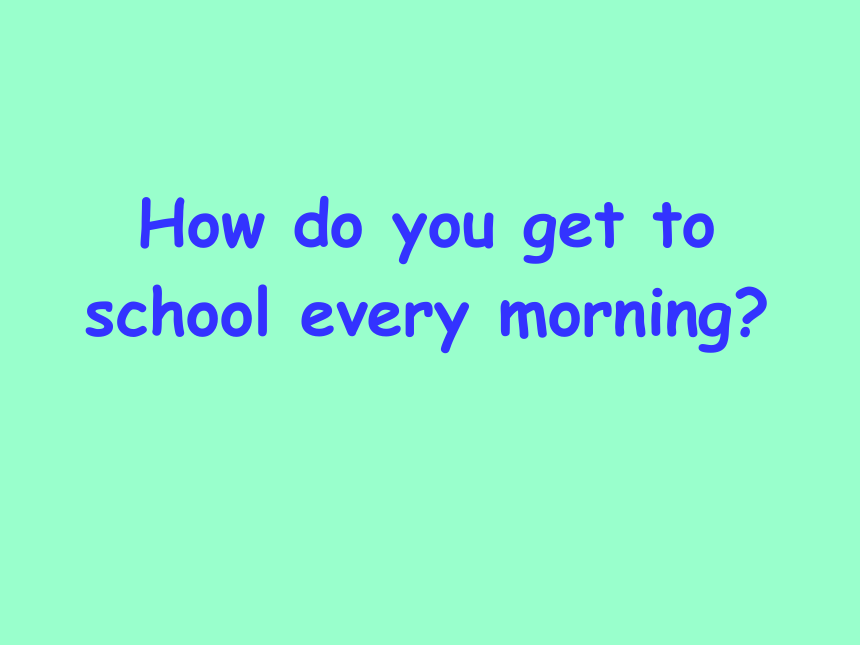 | |
| 格式 | zip | ||
| 文件大小 | 542.0KB | ||
| 资源类型 | 教案 | ||
| 版本资源 | 外研版 | ||
| 科目 | 英语 | ||
| 更新时间 | 2019-06-12 21:59:25 | ||
图片预览

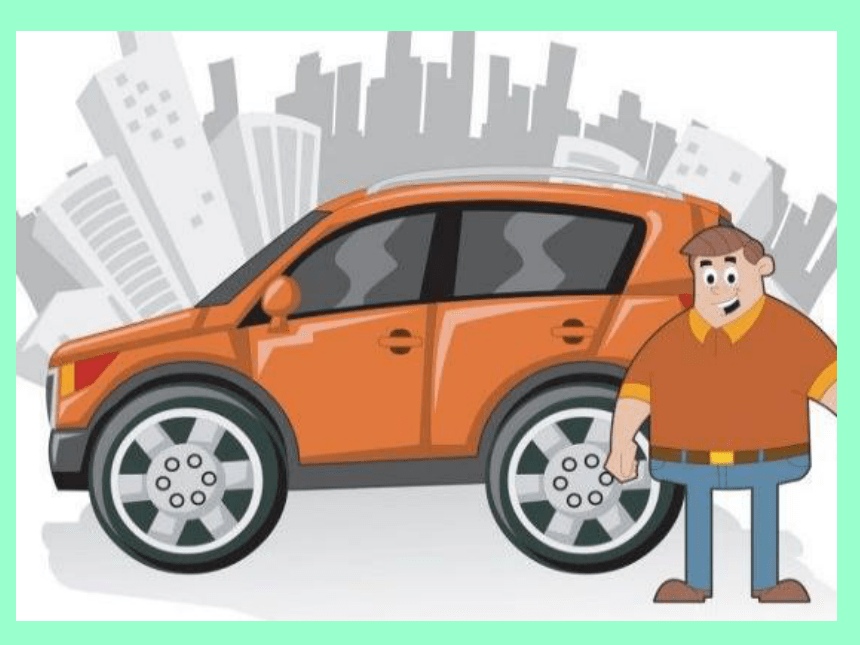
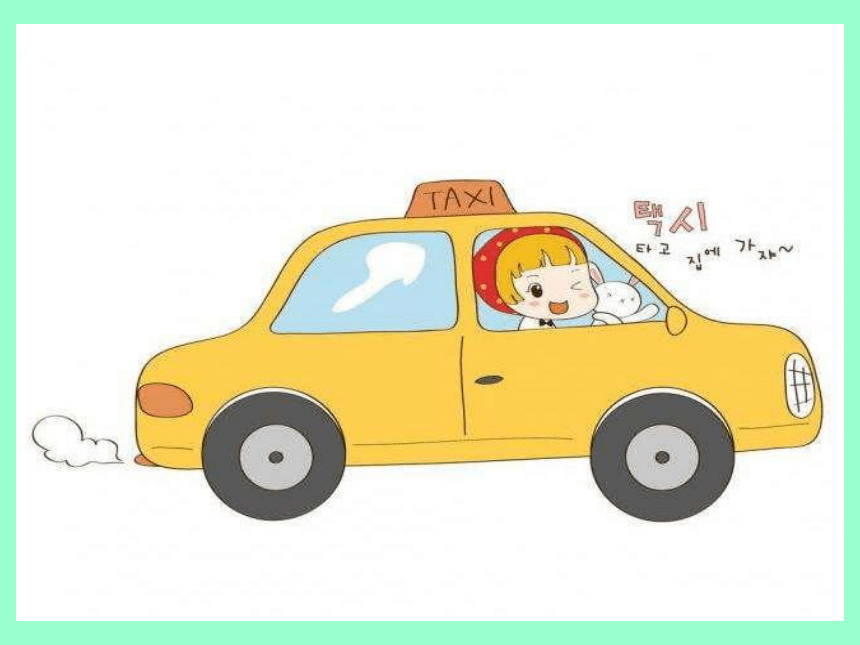
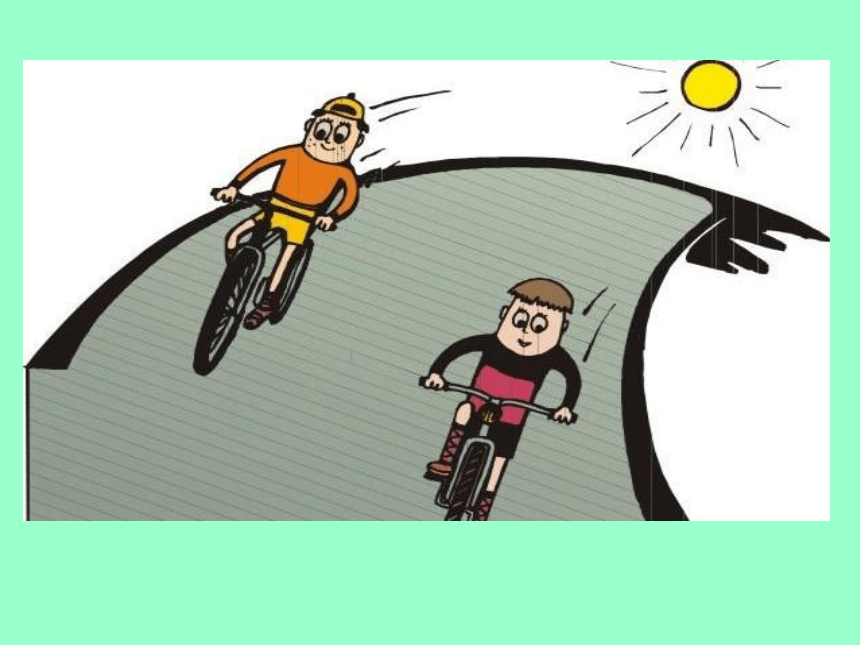
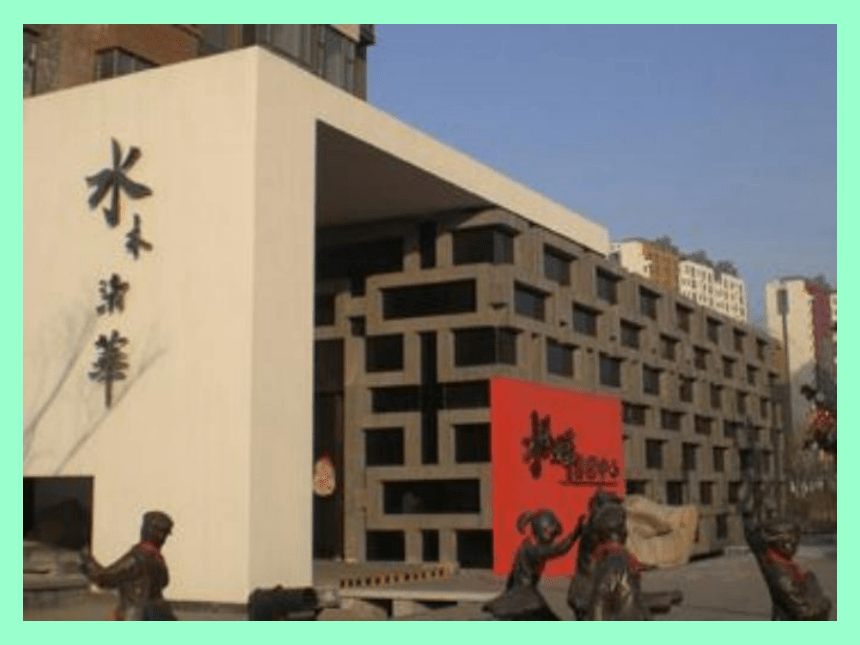

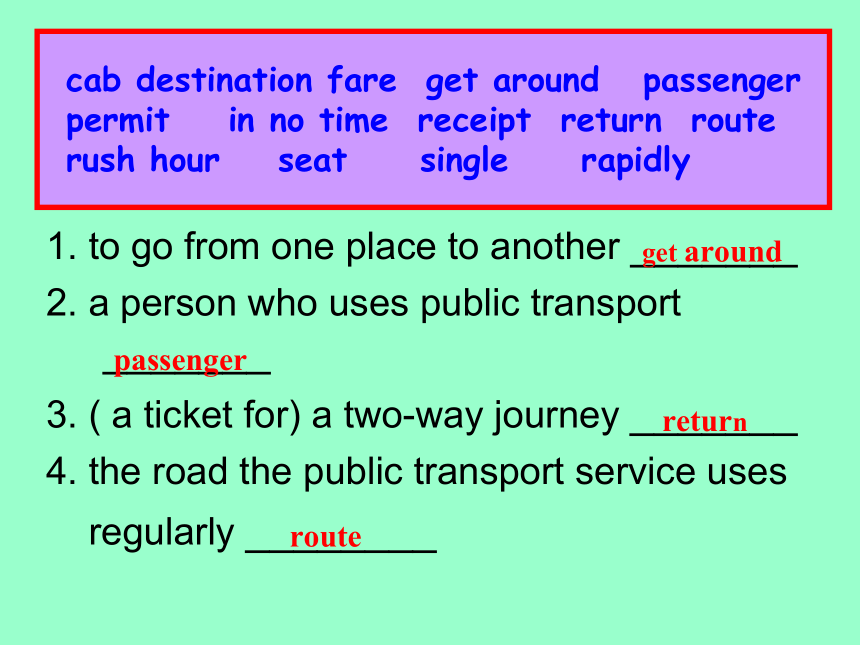
文档简介
课件18张PPT。How do you get to school every morning?Getting Around in Beijing cab destination fare get around passenger permit in no time receipt return route rush hour seat single rapidly1. to go from one place to another _______
2. a person who uses public transport _______
3. ( a ticket for) a two-way journey _______
4. the road the public transport service uses
regularly ________get aroundpassengerreturnroute.
5. the busiest time of day _______
6. the price of a ticket _______
7. (a ticket for) one-way journey __________
8. the place you want to go to _______
9. a document which shows you have paid for something __________
destinationreceiptrush hourfaresingle10. a place to sit __________
11. another word for taxi__________
12. a document which gives you the right to do something __________
13. at once __________
14. quickly __________
in no timerapidlyseatcabpermitAnswer the Following Questions1. How easy is it to find a taxi in Beijing?
2. What color are most taxis?
3. What’s the problem with buses?
4. Which is the best bus for tourists?
5. How many people can get in a minibus?
6. What are the advantages of the underground?
7. When does if close at night?
8. According to the passage, what are pedicabs?
9. What can you visit in a pedicab?Answer the Following Questions1.How easy is it to find a taxi in Beijing?
Simply raise your hand, and a taxi appears in no time.
2.What color are most taxis?
They are usually red.
3.What’s the problem with buses?
They can get very crowded.4.Which is the best bus for tourists?
It’s a good idea to avoid public transport during the rush hour.
5.How many people can get in a minibus?
Twelve
6.What are the advantages of the underground?
Trains are fast and convenient.
7.When does it close at night?
11 p.m.
8.According to the passage, what are pedicabs?
They are human-pedalled “tricycle taxis”
9.What can you visit in a pedicab?
Tricycles are worth using if you want to explore the narrow alleys (hutong) of old building.
Finish the following sentences with your books closed 1. Simply (raise) your hand, and a taxi appears in no time.
2. There are 20,000 buses and trolleybuses in Beijing, but they can get very (crowd).
3. It is a good idea to avoid public transport during
rush hour.
4. Fares are cheap, (start) at 1 yuan.
5. Buses (number) 1 to 100 are limited to travel within the city center.
6. Tourists shouldn’t miss 103 bus which offers one of the most raisecrowdedthenumberedstartingthe7. If you get on a double-decker, make sure you sit (upstair). You will have
good view of the rapidly changing city.
8. However, there is also a night bus service,
(provide) by buses with a number in the 200s.
9. Minibuses with seats for 12 passengers offer an alternative expensive taxis and crowded public transport.
providedatoupstairs10. Trains are fast and convenient, but rush hours be terrible.
11. Tricycles are worth (use) if you want to explore the narrow alleys (hutong) of old Beijing.
12. You should talk to the driver and make sure you know the price before you begin the journey, for example, it is per person, single or return.
ifusingcan Translate the following two sentences into English. 1. 大多数公交车从约早上五点运行到午夜。
__________________________________
2. 它们正常运行,并且跟大型公交汽车走相同的路线。
__________________________________
_________________________________
They run regular services and follow the sameMost buses run from about 5 am to midnight.routes as large public buses.Write advice for visitors to your city 1. Which is the best way to see your hometown? (By car or by bus?)
2. When is the best time to use public transport?
3. Are buses cheap?
4. How can visitors get a taxi?
5. Is there underground service available in your city?
6. Do public transport services operate/run at night?
2. a person who uses public transport _______
3. ( a ticket for) a two-way journey _______
4. the road the public transport service uses
regularly ________get aroundpassengerreturnroute.
5. the busiest time of day _______
6. the price of a ticket _______
7. (a ticket for) one-way journey __________
8. the place you want to go to _______
9. a document which shows you have paid for something __________
destinationreceiptrush hourfaresingle10. a place to sit __________
11. another word for taxi__________
12. a document which gives you the right to do something __________
13. at once __________
14. quickly __________
in no timerapidlyseatcabpermitAnswer the Following Questions1. How easy is it to find a taxi in Beijing?
2. What color are most taxis?
3. What’s the problem with buses?
4. Which is the best bus for tourists?
5. How many people can get in a minibus?
6. What are the advantages of the underground?
7. When does if close at night?
8. According to the passage, what are pedicabs?
9. What can you visit in a pedicab?Answer the Following Questions1.How easy is it to find a taxi in Beijing?
Simply raise your hand, and a taxi appears in no time.
2.What color are most taxis?
They are usually red.
3.What’s the problem with buses?
They can get very crowded.4.Which is the best bus for tourists?
It’s a good idea to avoid public transport during the rush hour.
5.How many people can get in a minibus?
Twelve
6.What are the advantages of the underground?
Trains are fast and convenient.
7.When does it close at night?
11 p.m.
8.According to the passage, what are pedicabs?
They are human-pedalled “tricycle taxis”
9.What can you visit in a pedicab?
Tricycles are worth using if you want to explore the narrow alleys (hutong) of old building.
Finish the following sentences with your books closed 1. Simply (raise) your hand, and a taxi appears in no time.
2. There are 20,000 buses and trolleybuses in Beijing, but they can get very (crowd).
3. It is a good idea to avoid public transport during
rush hour.
4. Fares are cheap, (start) at 1 yuan.
5. Buses (number) 1 to 100 are limited to travel within the city center.
6. Tourists shouldn’t miss 103 bus which offers one of the most raisecrowdedthenumberedstartingthe7. If you get on a double-decker, make sure you sit (upstair). You will have
good view of the rapidly changing city.
8. However, there is also a night bus service,
(provide) by buses with a number in the 200s.
9. Minibuses with seats for 12 passengers offer an alternative expensive taxis and crowded public transport.
providedatoupstairs10. Trains are fast and convenient, but rush hours be terrible.
11. Tricycles are worth (use) if you want to explore the narrow alleys (hutong) of old Beijing.
12. You should talk to the driver and make sure you know the price before you begin the journey, for example, it is per person, single or return.
ifusingcan Translate the following two sentences into English. 1. 大多数公交车从约早上五点运行到午夜。
__________________________________
2. 它们正常运行,并且跟大型公交汽车走相同的路线。
__________________________________
_________________________________
They run regular services and follow the sameMost buses run from about 5 am to midnight.routes as large public buses.Write advice for visitors to your city 1. Which is the best way to see your hometown? (By car or by bus?)
2. When is the best time to use public transport?
3. Are buses cheap?
4. How can visitors get a taxi?
5. Is there underground service available in your city?
6. Do public transport services operate/run at night?
